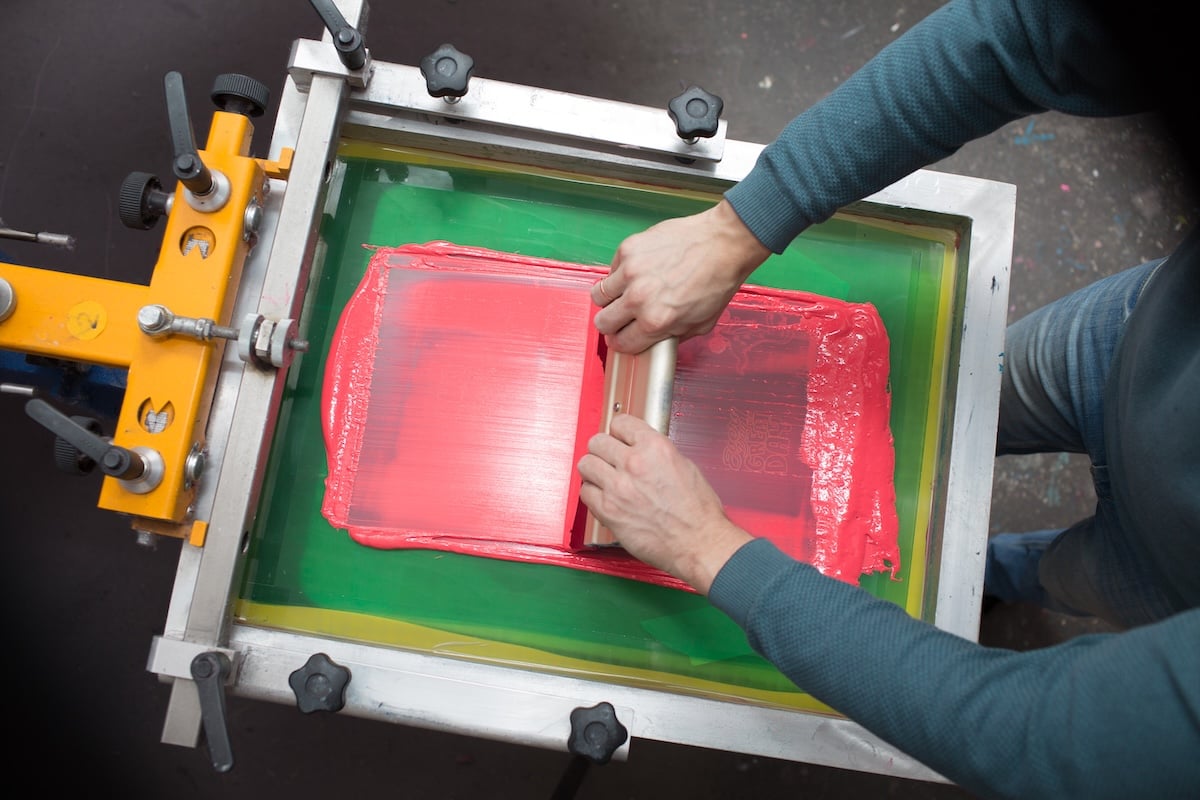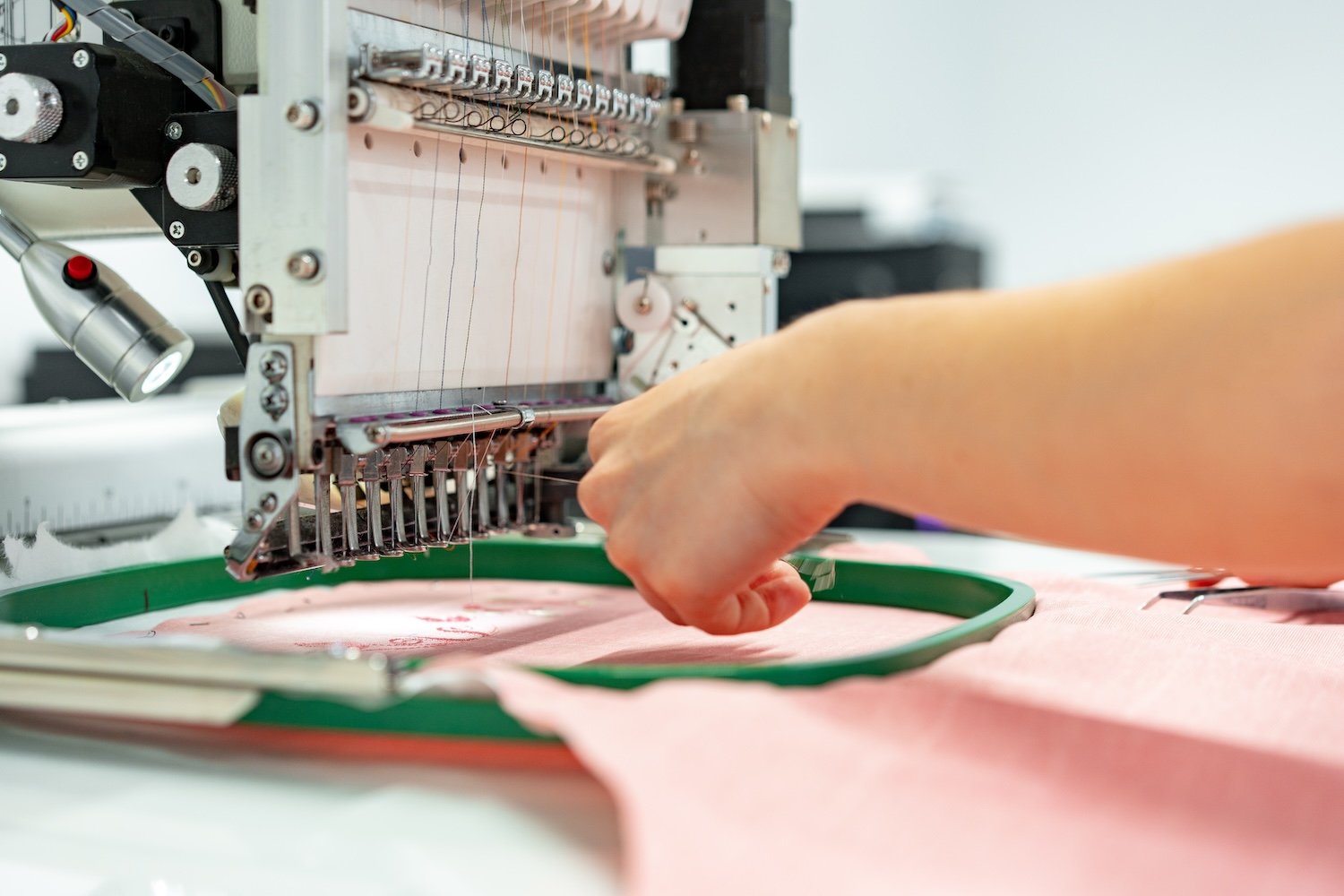
Enhancing POD Design Workflows: Human Creativity Meets AI Assistance

The print-on-demand (POD) industry continues to evolve with new technologies that support creative professionals in their work. In this rapidly changing landscape, AI tools like ChatGPT can serve as valuable assistants to human designers, helping manage repetitive tasks while allowing creative professionals to focus on what they do best: delivering unique, innovative designs that connect with audiences.
This guide explores how designers working with Dimona Print-on-Demand can selectively incorporate AI assistance into their workflows while preserving the irreplaceable value of human creativity, originality, and artistic vision.
Designer-Centered Approach to Technology
The most successful integration of new technologies always puts creative professionals at the center:
Augmenting Human Creativity, Not Replacing It
AI tools work best when they:
- Handle Repetitive Tasks: Managing routine elements that consume creative time
- Provide Inspiration: Offering jumping-off points for human refinement
- Scale Designer Impact: Helping talented creators reach more clients
- Streamline Communication: Improving understanding between clients and designers
The core value remains in the human designer's unique vision, professional judgment, and creative expertise—elements that no AI can replicate.
Respecting Creative Professionals
Any implementation of AI tools should:
- Acknowledge Authorship: Maintaining clear attribution for human creators
- Preserve Creative Control: Keeping key creative decisions with designers
- Support Fair Compensation: Enhancing designer value, not diminishing it
- Honor Original Work: Respecting copyright and creative ownership
Selective Implementation Strategies
Designers can choose which aspects of their workflow might benefit from assistance:
Client Brief Interpretation
AI can help organize client input while designers maintain creative direction:
- Requirement Organization: Structuring scattered client feedback
- Reference Collection: Gathering examples mentioned by clients
- Question Generation: Identifying gaps in client briefs
- Consistency Checking: Flagging contradictions in requirements
This approach helps designers get to the creative work faster while ensuring they have a clear understanding of client needs.
Administrative Content Generation
Focus creative energy on design while streamlining supporting content:
- Product Specifications: Creating technical descriptions
- Sizing Information: Generating standardized size charts
- Care Instructions: Producing consistent care guidelines
- Basic Metadata: Handling routine product categorization
These routine elements take time away from the core creative work that only human designers can deliver.
Design Reference and Research
Use technology to gather information while keeping design decisions with professionals:
- Trend Analysis: Aggregating information on current style directions
- Material Properties: Compiling data on substrate characteristics
- Production Requirements: Clarifying fulfillment specifications
- Market Context: Gathering information on similar products
This research support allows designers to make more informed creative decisions without spending hours on background investigation.
Ethical Considerations and Best Practices
Implementing technology responsibly requires clear guidelines:
Transparency with Clients and Colleagues
Open communication builds trust:
- Clear Attribution: Always identify the source of creative work
- Honest Workflows: Be transparent about process and tools
- Value Recognition: Acknowledge the unique contribution of human creators
- Collaboration Disclosure: Communicate how tools support (not replace) designers
Copyright and Originality Safeguards
Protecting creative integrity is essential:
- Original Source Material: Using only properly licensed references
- Design Verification: Checking outputs for unintentional similarity to existing works
- Creative Transformation: Ensuring substantial human modification of any AI-suggested elements
- Legal Compliance: Adhering to copyright laws and platform terms of service
The Designer's Perspective
Feedback from creative professionals using hybrid approaches:
Benefits Reported by Designers
Creative professionals note several advantages:
- Focus on Creative Direction: More time for conceptual and high-value design work
- Client Communication Support: Help articulating technical requirements to clients
- Routine Task Reduction: Less time spent on repetitive elements
- Design Iteration Assistance: Support exploring variations on core creative concepts
Designer-Identified Limitations
Professional designers consistently highlight important boundaries:
- Creative Vision: The core concept development remains uniquely human
- Aesthetic Judgment: Nuanced decisions about what "works" require human expertise
- Cultural Sensitivity: Understanding contextual appropriateness needs human insight
- Client Relationship Management: The human connection remains irreplaceable
Implementation Considerations for Creative Businesses
For design studios considering selective implementation of assistance tools:
Questions to Consider
- Which non-creative tasks consume the most designer time?
- What parts of your workflow do designers find least rewarding?
- How could you redirect time savings into higher-value creative work?
- What guardrails would ensure human creativity remains central?
By approaching these technologies as assistants rather than replacements, creative businesses can support their designers while enhancing productivity and creative output.
Supporting Creative Professionals
The future of print-on-demand design lies in thoughtfully combining human creativity with technological assistance. By implementing tools in ways that respect and enhance the work of professional designers, we can create workflows that preserve the essential human elements of design while reducing administrative burden.
At Dimona Print-on-Demand, we recognize that our designer community is the heart of our business. We're committed to implementing technologies in ways that support their creative work rather than attempting to replace it.
The irreplaceable qualities of human creativity—originality, cultural understanding, aesthetic judgment, and emotional resonance—remain at the center of exceptional design. Technology, when properly implemented, simply helps these creative professionals share their vision more efficiently with the world.
Ready to discuss how our services can support your creative business? Contact Dimona to explore how our fulfillment capabilities can help bring your designs to market.

